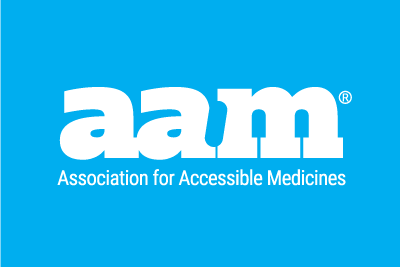AAM Applauds CMS for Requiring Health Plans to Place Generic Drugs On Generic Tiers
WASHINGTON, DC (January 30, 2023) — The Association for Accessible Medicines (AAM) applauds the Centers for Medicare & Medicaid Services (CMS) for several of the recommended provisions outlined in the proposed Patient Protection and Affordable Care Act, HHS Notice of Benefit and Payment Parameters for 2024. In particular, AAM publicly commends the administration’s efforts to standardize plan choice by requiring generic drugs be placed on “generic” tiers and brand-name drugs on “brand-name” tiers.
